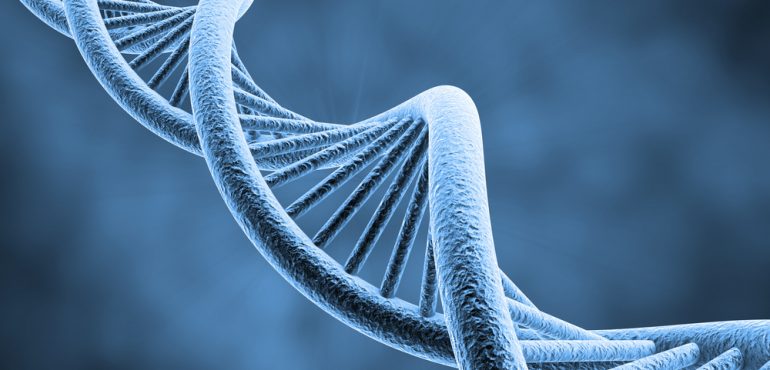Animal studies have already shown that a strong link exists between genetic background and physical activity level. The purpose of our study was to investigate the associations between genetic background, physical activity level, and lifespan.
Observational follow-up studies report a strong relationship between high physical activity level and long lifespan. In addition, animal tests have shown that high genetic aerobic capacity is associated with health and longevity even without endurance training. Low aerobic capacity in turn is linked to overweight, metabolic and cardiovascular risk factors and shortened lifespan. Previous studies have shown that physically active individuals are healthier and have longer lifespan compared their sedentary counterparts. However, physical activity level differs substantially between individuals partly due to genetic factors.
Genetic background affects aerobic capacity
It is possible to study individuals that differ from their intrinsic (genetic) aerobic capacity. This can be done via animal model of two distinct rat strains, termed HCR (high-capacity runner) and LCR (low-capacity runner) that were developed at the University of Michigan. HCR rats have genetically high aerobic capacity; they are physically active, healthy and have longer lifespan compared to LCR rats. LCR rats are prone to gain excess weight and have higher risk of developing symptoms of metabolic and cardiovascular diseases. In our study we had two study groups from both of these rat strains; one half of the rats had a possibility to voluntary run from adulthood for the duration of their lifespan whereas the other half lived in standard cages.
In humans we studied also both identical and non-identical same sex twin pairs of which one was physically active and his/hers co-twin was inactive. We looked for the association between physical activity level and lifespan by following the mortality of the twins for 23 years.
Same genetic factors affect physical activity level and lifespan
Our study showed that same genetic factors affect physical activity level, aerobic capacity, and lifespan. Findings from both the animal and the twin study were in agreement with this. As in previous studies, aerobic capacity at young age was a strong predictor of lifespan in animals. Voluntary running increased aerobic capacity in both rat strains and improved glucose metabolism in LCR rats. However, physical activity started at adulthood did not increase lifespan in animals. Animals in the voluntary running group had actually 16% shorter lifespan compared to the corresponding sedentary controls.
In human twins high physical activity level was associated with longer lifespan when looking at non-identical twins that differ for their genetic background. However, in identical twins, that share the same genetic background, in pairwise analyses comparing physically active members of a twin pair with their inactive co-twin, there was no difference in lifespan. Our results are consistent with previous findings, that animals that have high aerobic capacity are physically more active compared to animals with low aerobic capacity. The findings in human twins were in agreement with this: discordance in physical activity level was clearly more common among non-identical twins than in identical twins showing an effect of genetic background on physical activity level.
Adulthood physical activity did not increase lifespan
Vigorous physical activity in adulthood did not increase lifespan neither in animals nor in human twins, even though physical activity is well-known to have various positive effects on health, physical fitness, and physical function. Based on both our animal and human findings, we propose that genetic factors might partly explain the frequently observed associations between high physical activity level and later reduced mortality in humans. Our finding covers vigorous physical activity started at adulthood, hence physical activity started during childhood may have different effects. Thus, it will be critical to determine whether physical activity has a positive effect on lifespan when commenced early in life.
Source:
Suomen Akatemia (Academy of Finland). (2015, December 16). Lifespan: Genetic background and physical activity both matter. ScienceDaily. Retrieved December 21, 2015 from www.sciencedaily.com/releases/2015/12/151216082335.htm


